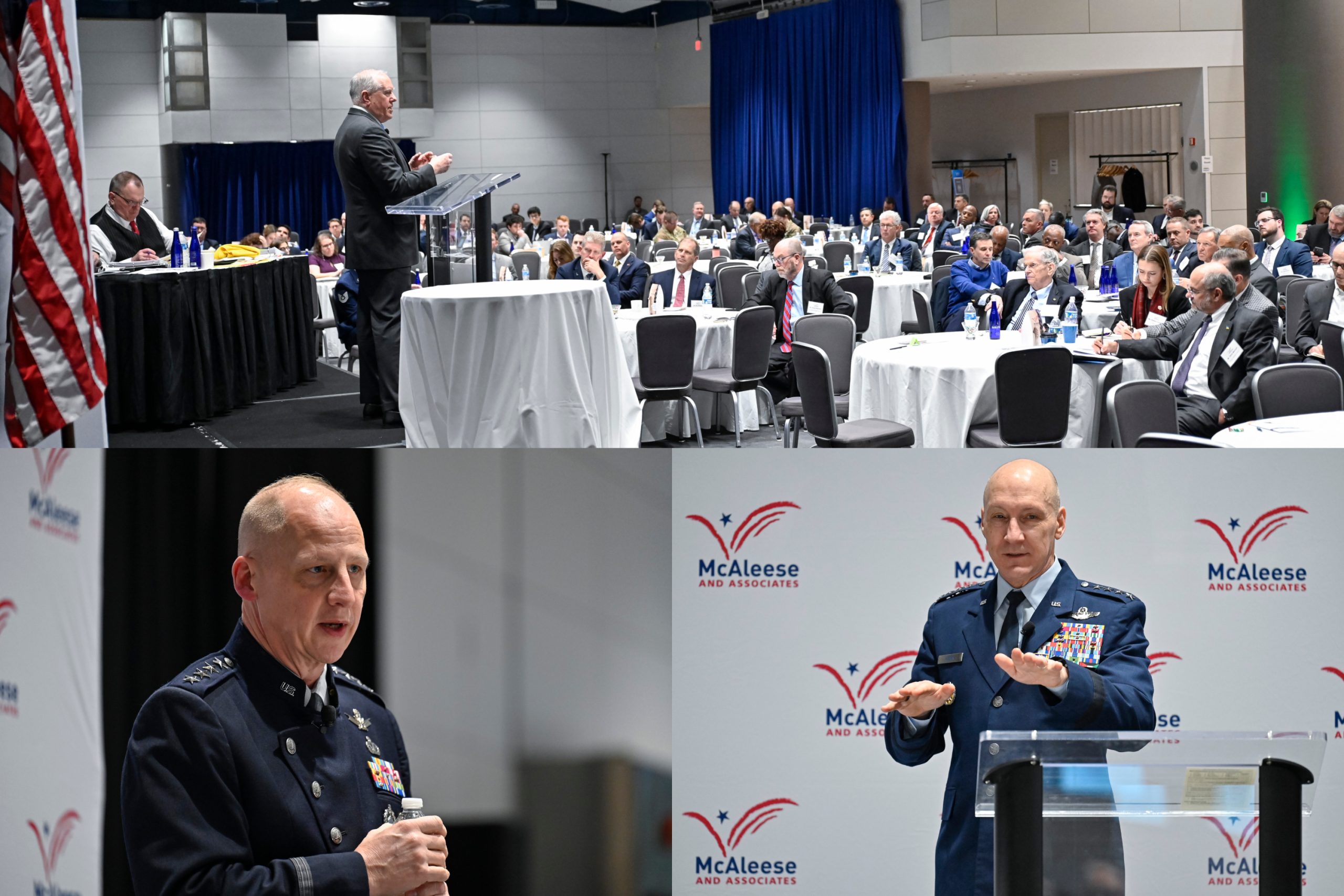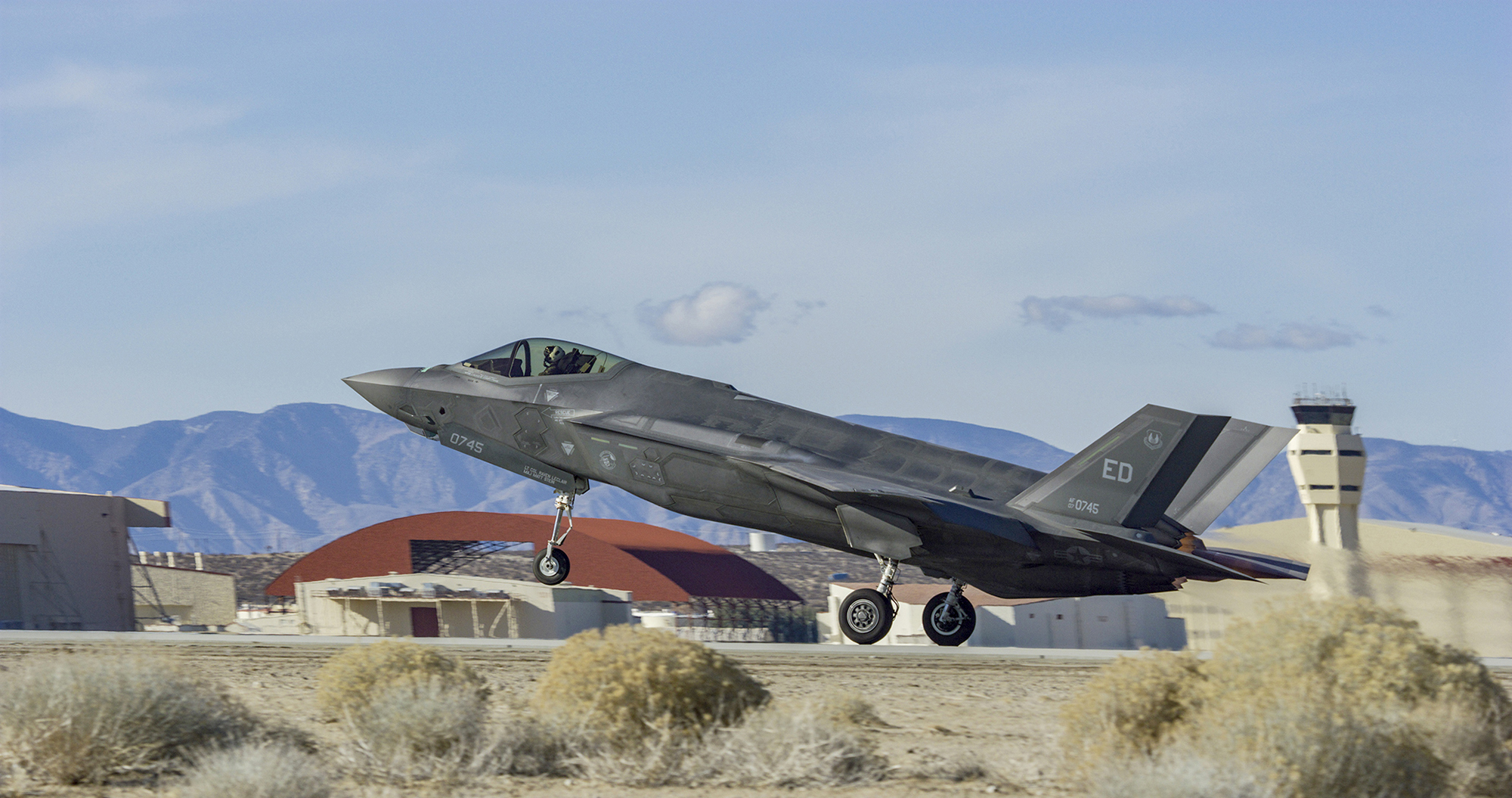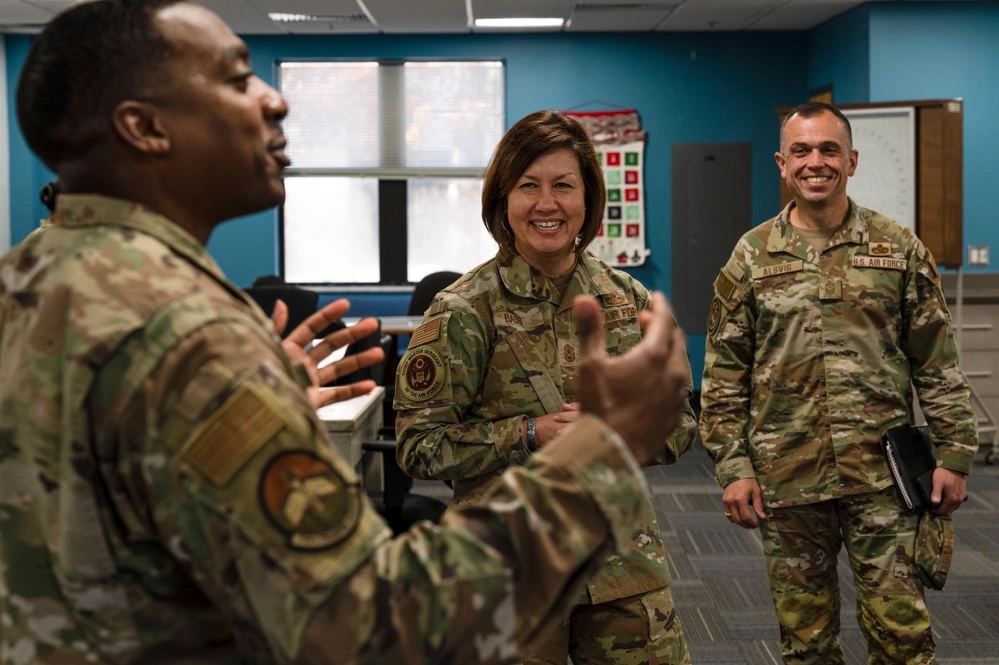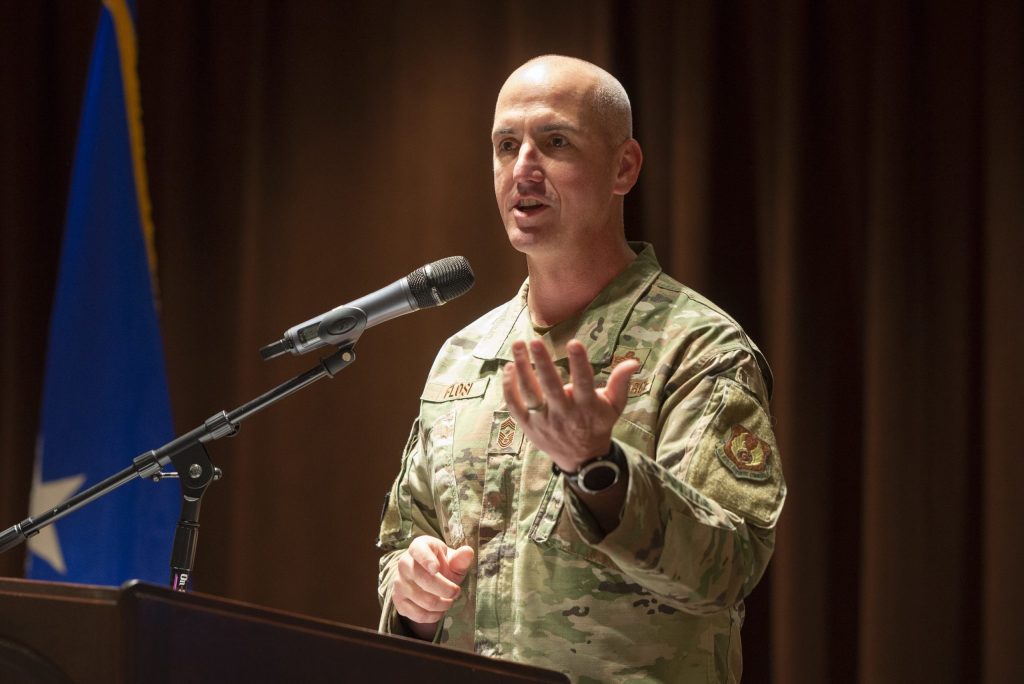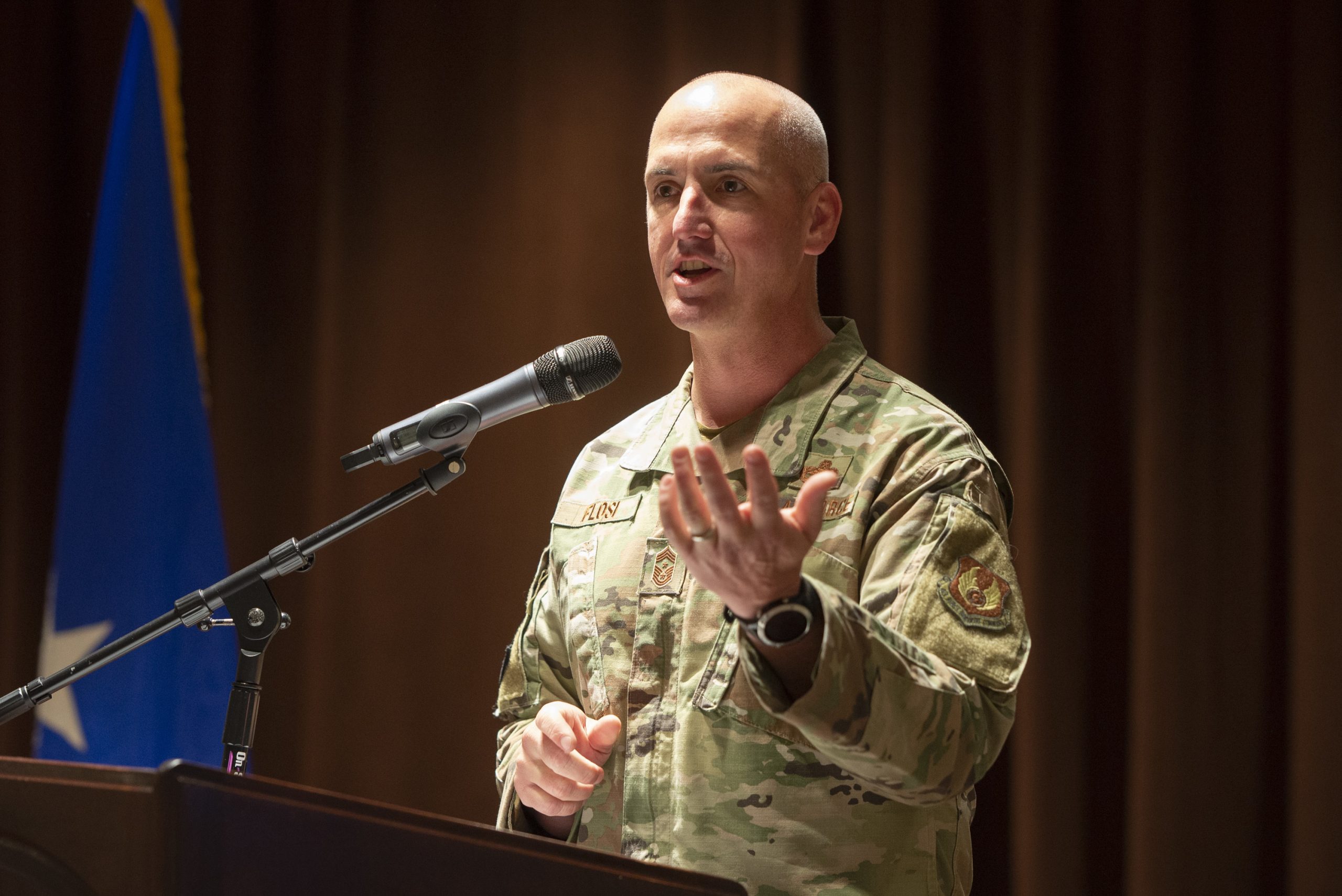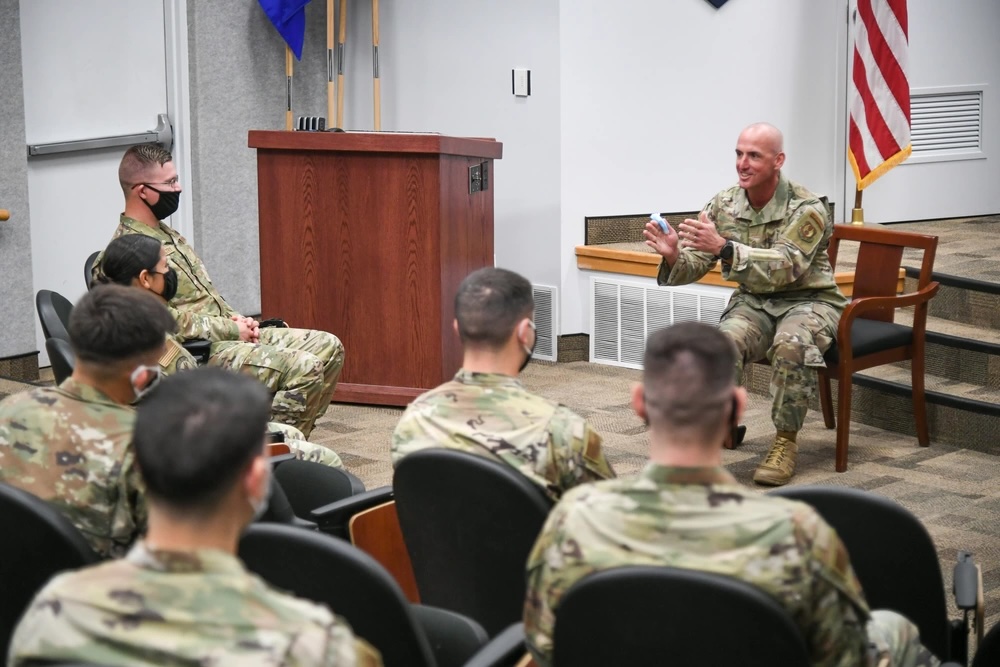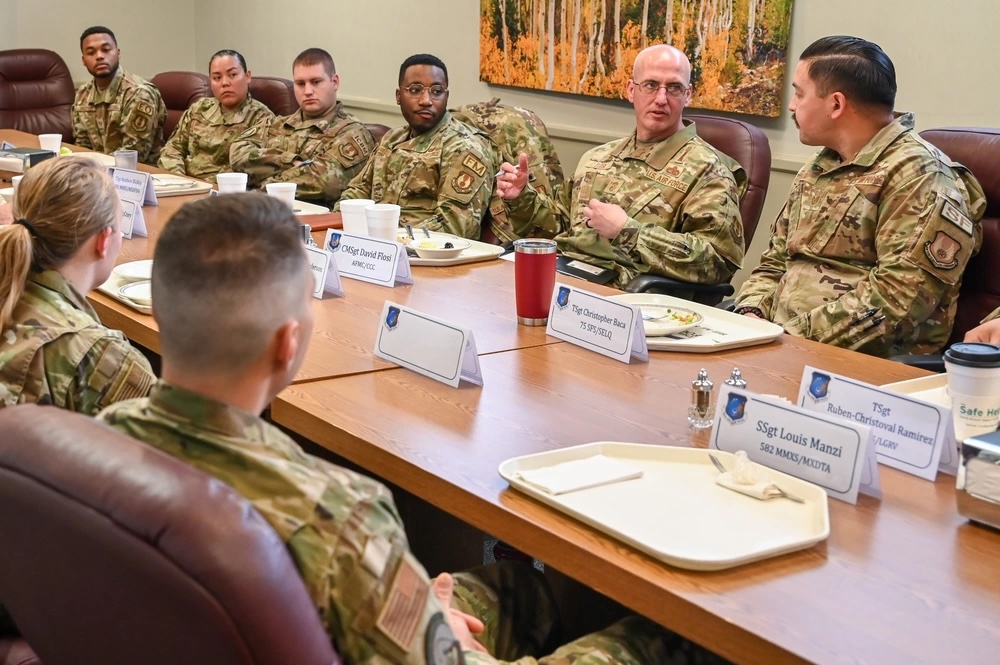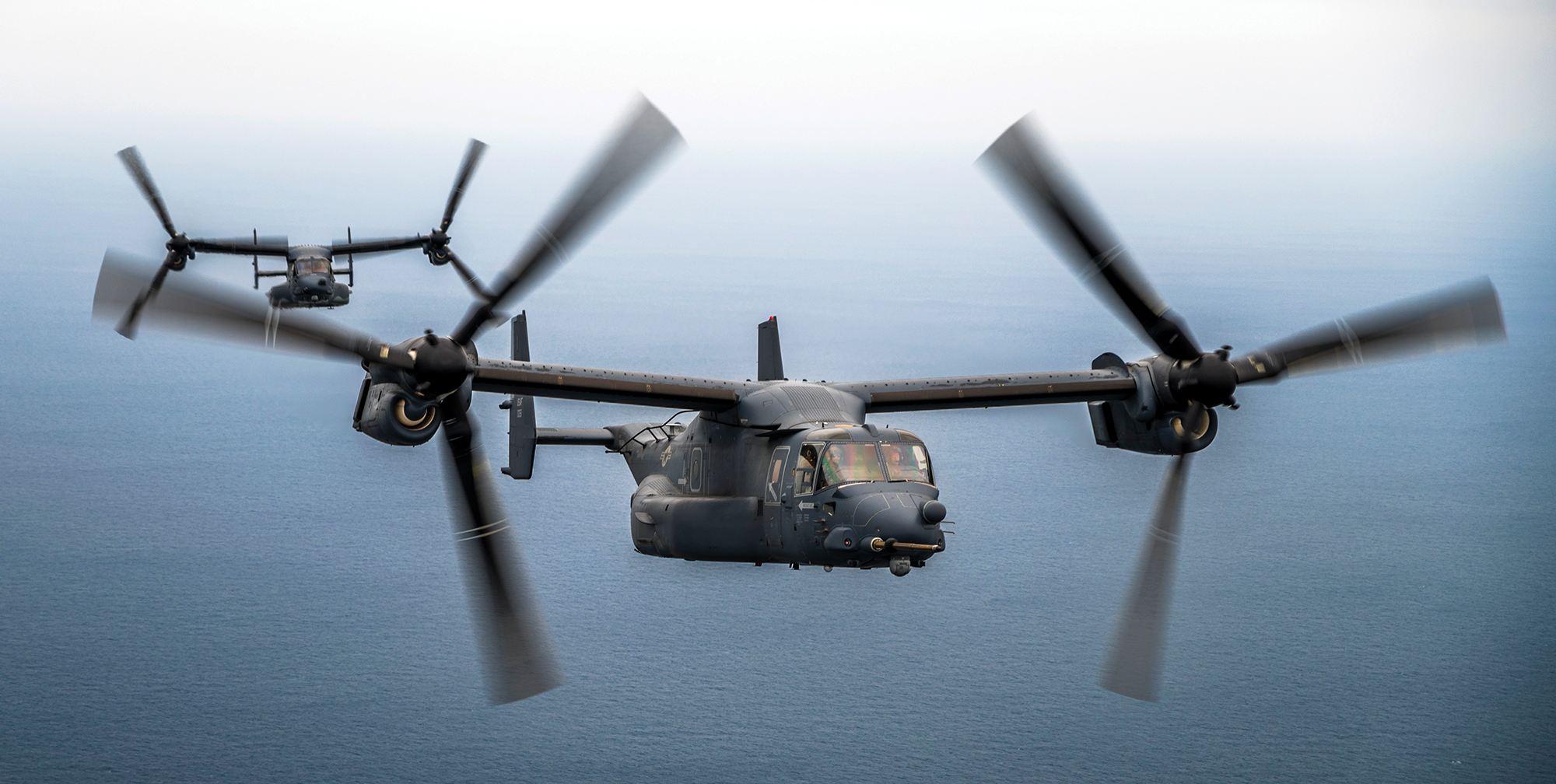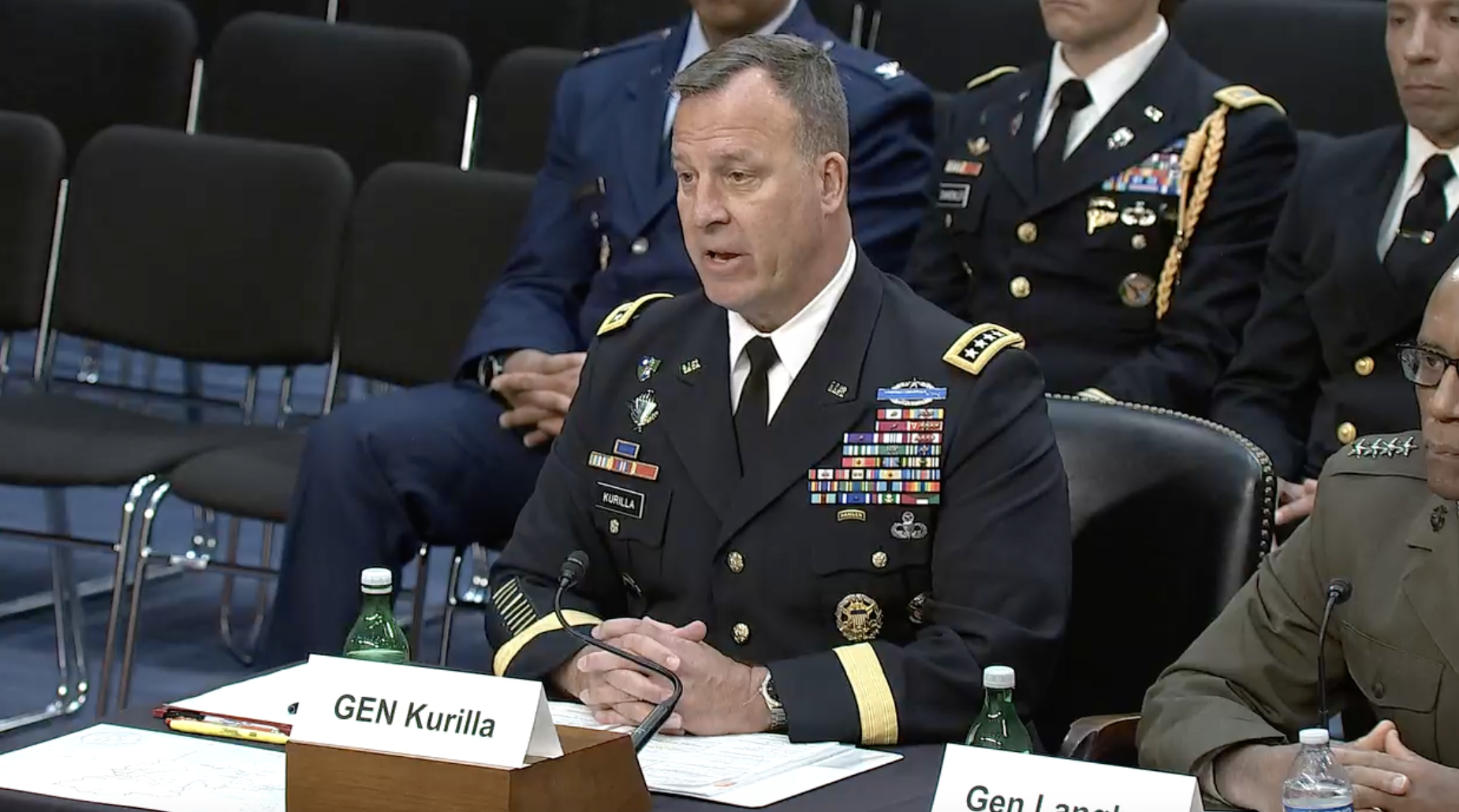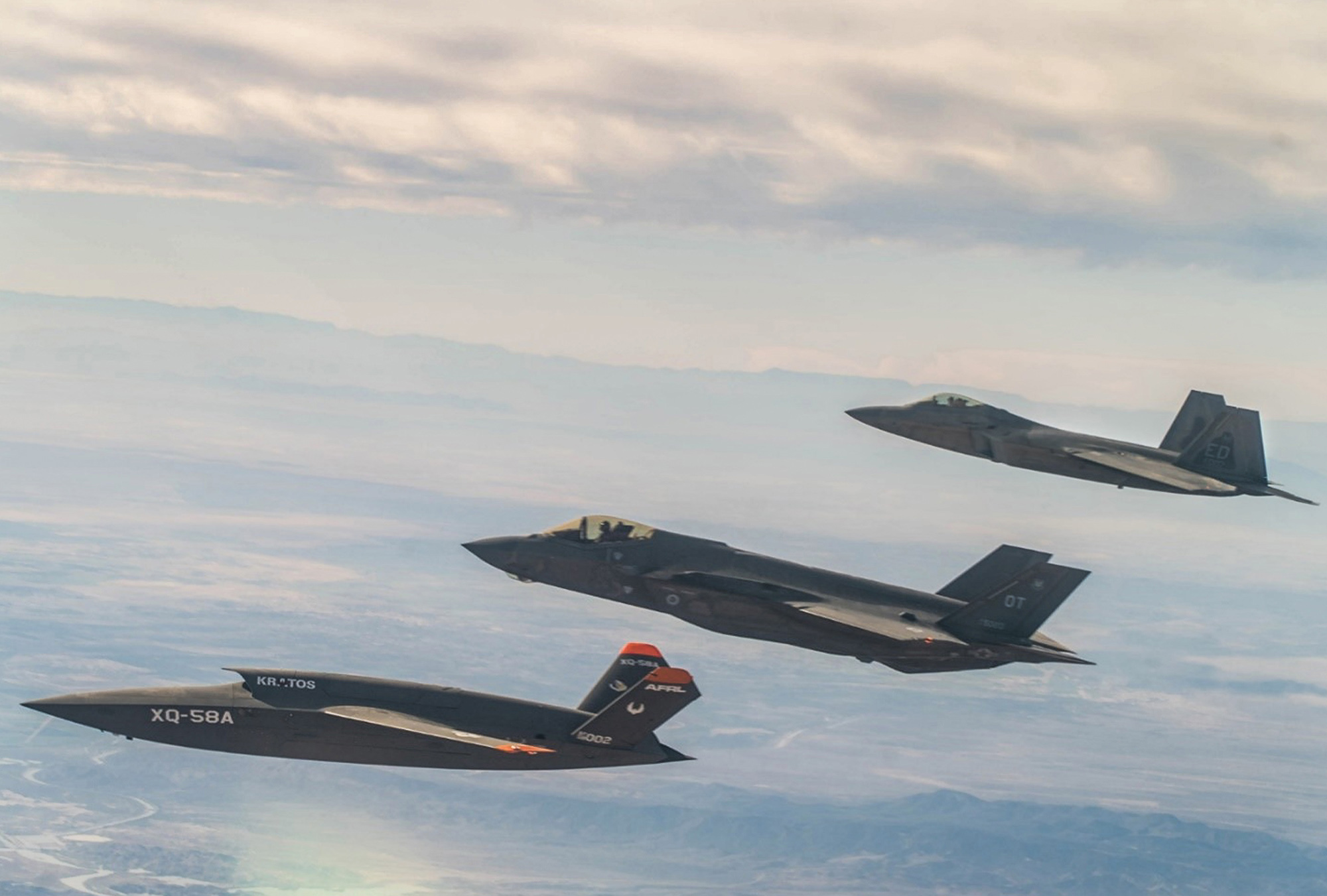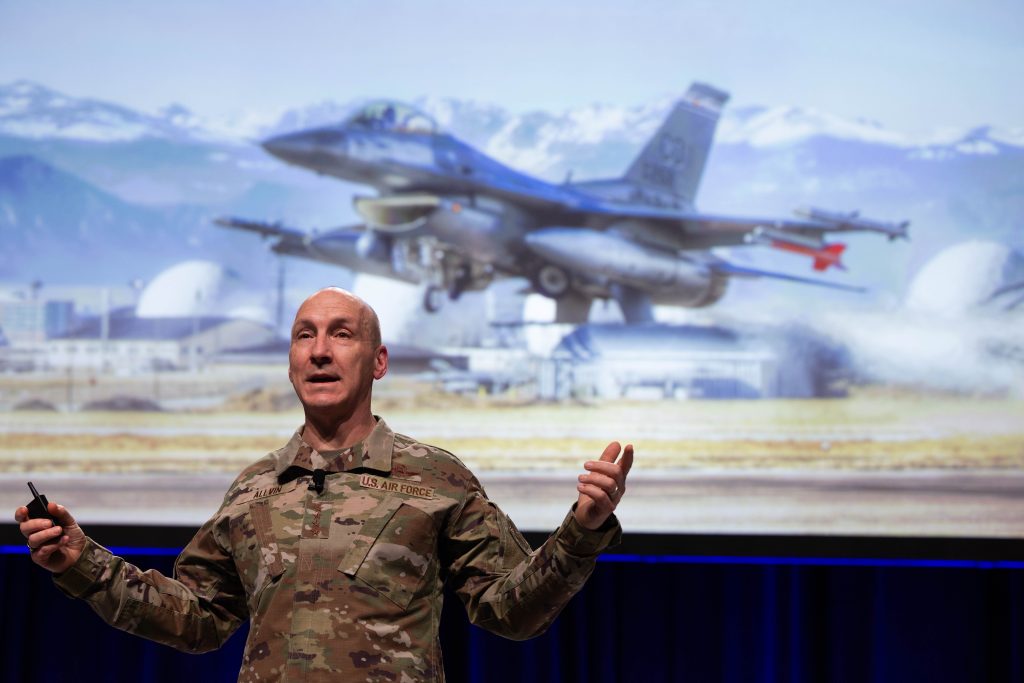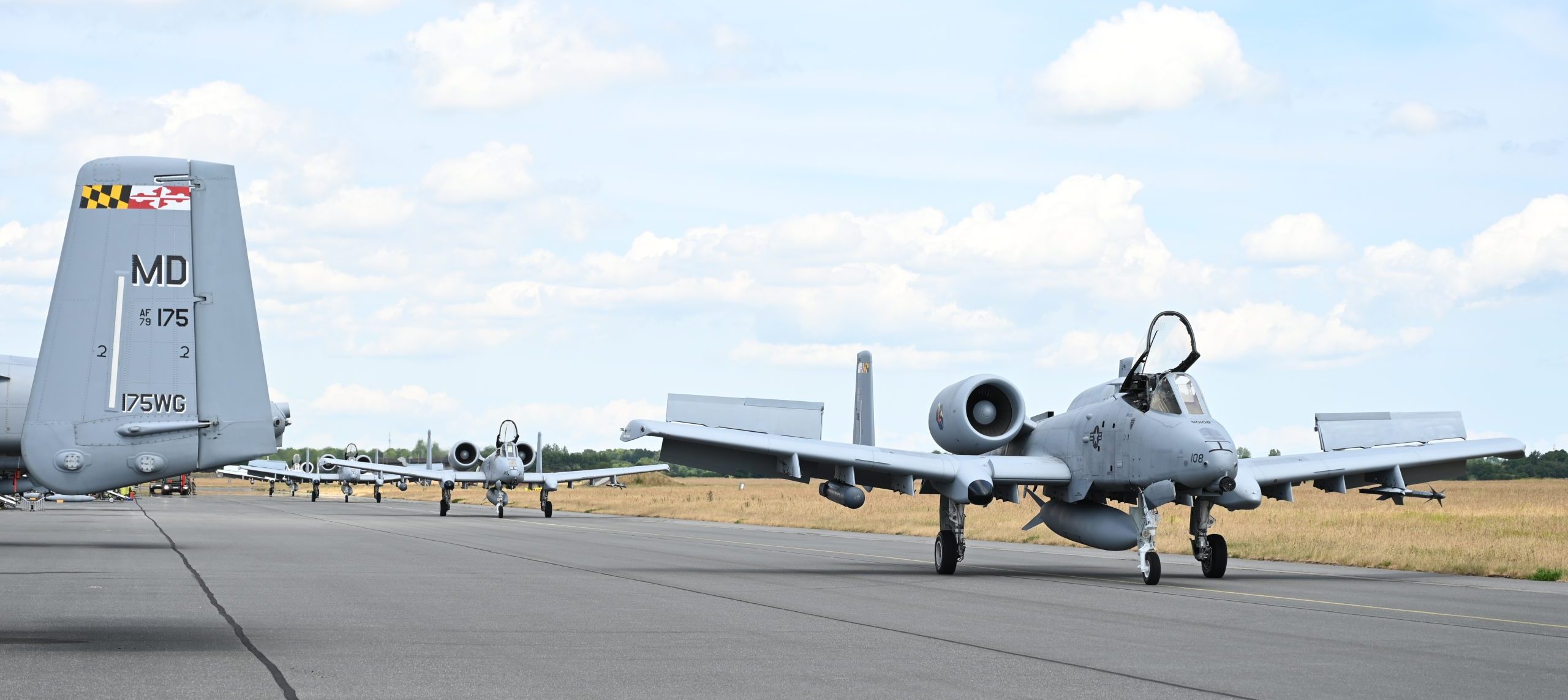The Air Force would get a bigger budget than the Army in fiscal 2025, a marked shift as the Pentagon invests to counter China in the Indo-Pacific region.
President Biden’s fiscal 2025 budget request released March 11 seeks $188.1 billion for the Air Force, $2.3 billion more than the $185.8 billion it seeks for the Army. The White House is seeking $203.9 billion for the Navy, the most among the military services.
| Service | 2025 Budget Request (in Billions) |
|---|---|
| Navy | $203.9 |
| Air Force | $188.1 |
| Army | $185.8 |
| Marine Corps | $53.7 |
| Space Force | $29.4 |
The overall topline for the Department of the Air Force would be $262.6 billion, the most among the military departments. But that figure includes $45.1 billion the department will never see; this so-called “pass-through”—funds classified programs primarily in the intelligence community. The pass-through dwarfs the total $29.4 billion sought to fund the entire Space Force in fiscal 2025.
Discounting those pass-through funds, the Air Force received less money than the Navy and Army for the past 32 years, according to the Mitchell Institute for Aerospace Studies. If approved, fiscal 2025 would mark the 33rd consecutive year the nation spent more on its Navy than its Air Force.
Both the 2018 and 2022 National Defense Strategies focused on countering China’s growth as a military threat; the 2022 document dubbed China the “pacing threat,” and each of the services has been working to adapt its forces and posture to match that strategy. The Air Force, Space Force, Navy, and Marine Corps all have outsized roles in countering China.
Army leaders continue to argue their service has a crucial role in any potential fight with China, but their slice of the budget has been in a slow decline for several years as the nation has tilted its attention from counterinsurgencies in Afghanistan and Iraq to deterring peer conflict in the Pacific. As recently as the 2022 budget request, the Pentagon’s sought $172.9 billion for the Army compared to $156.3 billion for the Air Force; the gap has only narrowed since then.
Yet the Air Force faces a mounting numbers crunch in the years ahead. Air Force Secretary Frank Kendall and Chief of Staff Gen. David Allvin both made clear in the days leading up to the budget release that the numbers aren’t what they’d like. But both also indicated the squeeze on the service’s future will only grow as it seeks to modernize in the years ahead.
Modernization plans include the Sentinel intercontinental ballistic missile, perhaps the single biggest modernization program in military history comprising the entire ground leg of the nuclear triad; the stealthy new B-21 bomber; the T-7A trainer; continued purchases of the KC-46 tanker to enable long-range strike operations in the Pacific; uncrewed Collaborative Combat Aircraft to complement the manned fighter fleet, ongoing purchases of the F-35A as older F-15s and A-10s are divested, and the coming Next-Generation Air Dominance family of aircraft are all moving into procurement at the same time.
“’25, while difficult, is at a level that we can accept,” Kendall said March 7 at the McAleese defense programs conference. “[But] we see very big problems for ’26. We’re looking at a number of things.”
To fund everything the Air Force has in store could add $10 billion or more to the budget at a time when Congress has shown a disinclination toward growing defense spending. Some Air Force advocates have argue that the pass-through makes their case harder, because it effectively inflates the budget by more than 20 percent. But while some lawmakers have tried to legislate the pass-through out of the Air Force budget, others have shot down such plans.
Meanwhile, the pass-through is only getting larger. The fiscal 2025 request includes $45.1 billion in pass-through funding, up 2 percent over last year’s request. Indeed, pass-through growth is outpacing the Air Force (up 1.6 percent), not to mention the Space Force, which saw its budget request decline by 2 percent.
| Service/Component | 2024 Request | 2025 Request | Change |
|---|---|---|---|
| Air Force | $185.1 | $188.1 | 1.62% |
| Space Force | $30.0 | $29.4 | -2.00% |
| Pass-Through | $44.2 | $45.1 | 2.04% |
Kendall said he could accept that this year because some funding in the pass-through does help answer Space Force requirements.
“We’re working very closely with the intelligence community, particularly with NRO,” he said, referring to the National Reconnaissance Office. “And there are dual-use capabilities that can be fielded in space that are valuable both for intelligence and military applications. And that’s why I’m saying that some of the things that are in the pass-through are beneficial to the Space Force.”
Kendall declined to elaborate, however, on whether the Space Force’s budget reduction was directly related to the pass-through increase. He indicated some of that cut was due to fewer launches, because the Space Force has fewer launches planned in the fiscal 2025 timeframe.
“The net effect of the constraints that we have are that we’re not moving forward as fast as I’d like to in space,” Kendall said. “But we’re still moving forward…. Again, I’d like to be able to move faster, but you know, we do have constraints.”
Those constraints impose reductions in planned fighter aircraft and continued divestment of older aircraft, both of which will be hard sells in Congress. But unless Congress adds funds to pay for those, the pressure on other programs, both for people and systems, will continue to mount.

